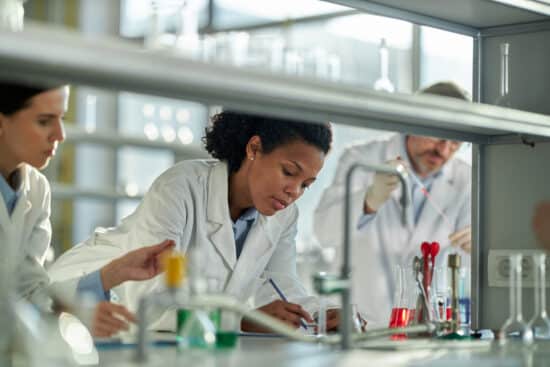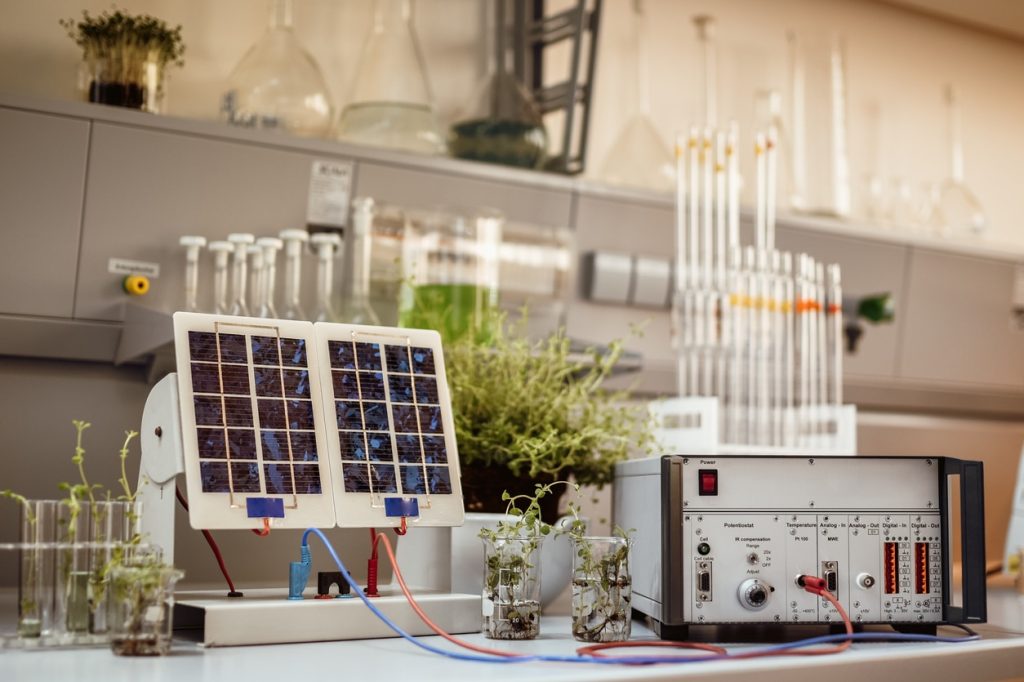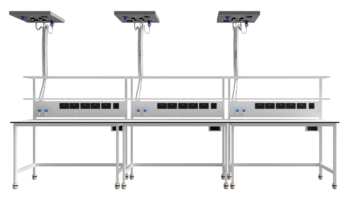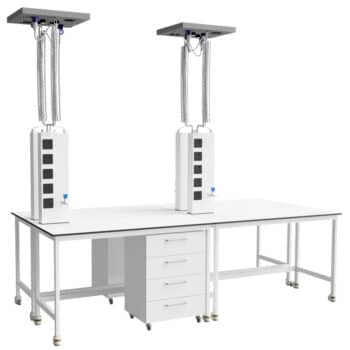The average lab uses a lot of energy. In fact, it can use somewhere around five times as much energy as a regular office building. Not only does this mean higher bills, such as water, electricity and ventilation, but it also means a higher cost to the environment. Increasingly, laboratories are looking for ways to become more sustainable, therefore future-proofing its operations and striving towards a lab that has less of an impact on the environment.
Creating a sustainable lab isn’t without its challenges, however, as it’s important to try and reduce water energy without affecting day-to-day operations. With that in mind, just what is a sustainable lab and how do you achieve an eco-friendlier environment?
What is a sustainable lab?
Maximising energy efficiency is no longer just a box-ticking exercise that challenges businesses – it’s becoming a common practice woven into every aspect of what we do. Industries are being set targets when it comes to climate change, including higher education. Meeting emissions targets is now a priority, and sustainable labs must be created in order to minimise their impact.
A sustainable lab is one that’s able to reduce consumption, while still maintaining efficient operations. The process of making a laboratory more sustainable should involve at least some of the following key aspects:
- More efficient use of materials
- Improvements to the lab to increase productivity
- Reduction of harmful waste
- Increased recycling and improved usage of products with recycled content
- Increased energy and water conservation
How to make your lab more sustainable
While many labs rely on uninterrupted power to devices such as heating and cooling equipment, there are other things you can do to make even a small difference. This can include turning off any equipment that isn’t being used, including office equipment and lighting. Consider the fume hoods in your lab and keep them closed when not in use, or even consolidate the number of fume hoods needed in the first place.
It can also help to clean all equipment regularly, changing any filters and cleaning exposed coils of refrigerators or freezers.
If you haven’t already, then setting up and making clear what the recycling and waste management processes are in your lab can help. You may also want to consider recycling any equipment that is no longer functional or can’t be repaired, and switch to glass instead of plastic for the likes of Petri dishes and other such equipment.

Why is creating a sustainable lab challenging?
A lab differs from other workplaces because you can’t simply switch the lights off at the end of the working day. Laboratories generally run 24 hours a day, 7 days a week as a number of vital processes can’t easily be shut down. Furthermore, lab equipment usually consumes energy at a higher rate than, say, a regular desktop PC, while many safety processes require precise, energy-rich waste removal to limit the chance of exposure to hazardous waste.
Lab planners need to consider all of this when contemplating any sustainability renovations. Different labs serve different functions and it’s possible that some may find it easier to implement sustainable changes than others. Often though, there is no quick-fix solution and labs must adapt to keep up with the changing times. Safety is, of course, another major factor. No changes can be implemented without the health and safety implications being considered
However, there are some key benefits to putting in the work and effort to upgrading your lab to a more sustainable design.
The benefits of sustainable lab development
Despite the unique requirements for lab work, sustainability development for labs is undoubtedly a good idea. At its most basic form, a sustainable lab saves energy, which saves money, which means a better bottom line for the facility. But the benefits run even deeper.
Think of it this way, if your lab finds a way to minimise the high levels of heat produced by a certain experiment, you may be able to use a smaller air handling unit. This, in turn, could reduce the level of physical space you need, making for a more efficient lab with the ability to handle a higher workload.
How do you ace a sustainability upgrade for your lab?
It’s not easy but it’s worth it, check out a few of our tips for implementing your lab sustainability upgrade.
Safety first
The main goal of any such project must be to balance sustainability with health and safety. Certain experiments will require materials that may not be reusable or recyclable yet, not ideal but safety comes first.
Lab second, then sustainability
Of course, sustainability is hugely important but as we’ve discussed, there’s no one-size-fits-all procedure when it comes to renovations. A synthetic chemistry lab, for example, may struggle to streamline its carbon footprint much (if at all). Aim for your design to have a low carbon footprint and emit low amounts of wastage but be realistic.
Many older labs simply weren’t designed with sustainability in mind and a renovation of the current space may be perfectly possible and have the results you desire but for others still, a whole new lab could be the way to go.
Involve the whole team
Aim to include as many stakeholders as possible in your sustainability project. Your health and safety specialists should be involved as a matter of course but seek to also include lab users. Engineers and architects will need to understand exactly how the lab will be used in order to make it work for you. The more input you get from other stakeholders, the more successful your reformation will be.
Sustainable lab design is growing more and more essential as each year passes and organisations seek to limit the impact they have on the planet around them and cut budgets. Planning ahead is vital and while the renovation may incur a large financial outlay, you should see yourself making that back in the near future.
If you’re planning a sustainable redesign, get in touch with a member of our team to see if we could help. For more information about sustainable laboratory design installation, visit our sustainable lab installation page or call our team on 01223 894 833.



